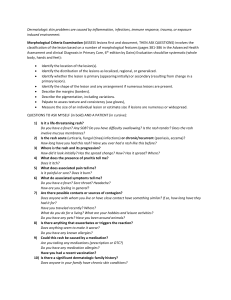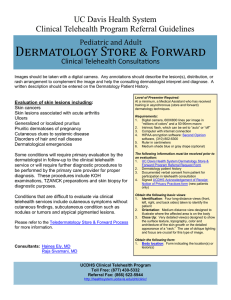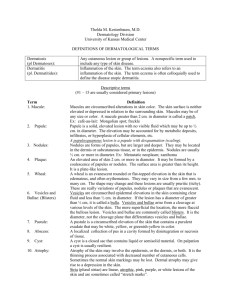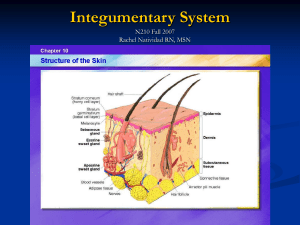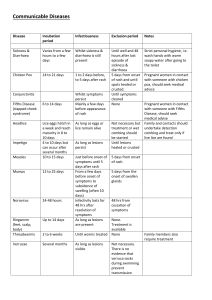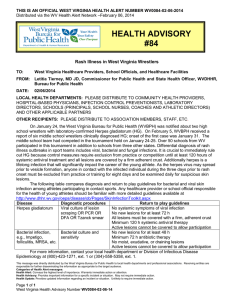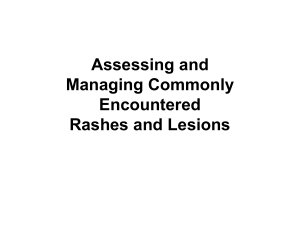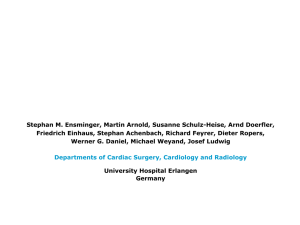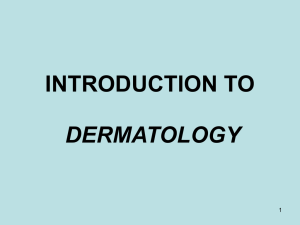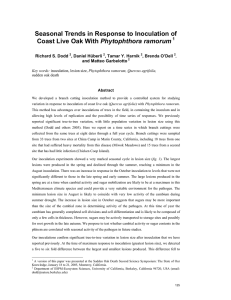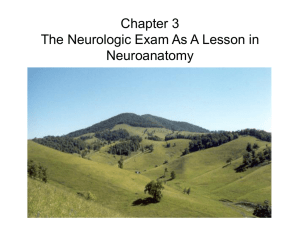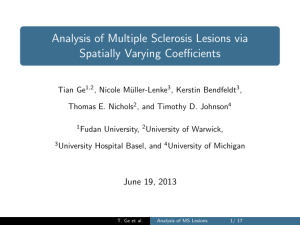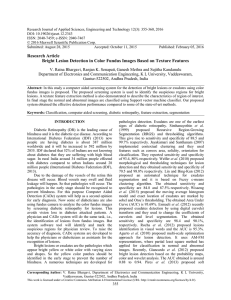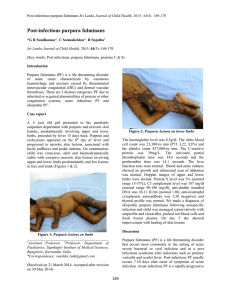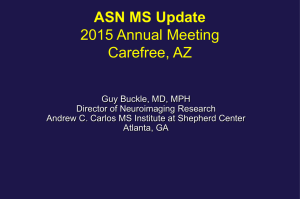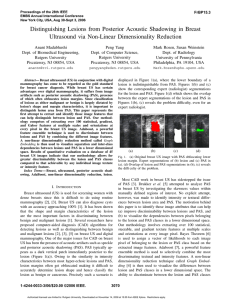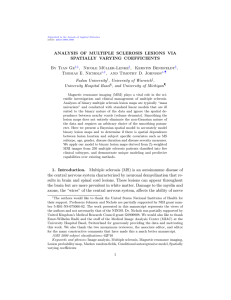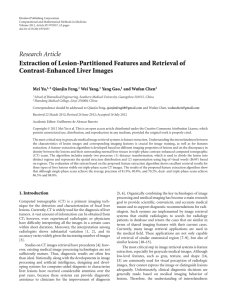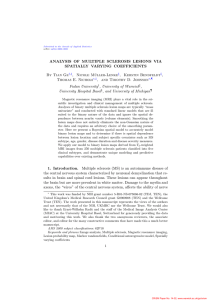The-Language-of-Dermatology
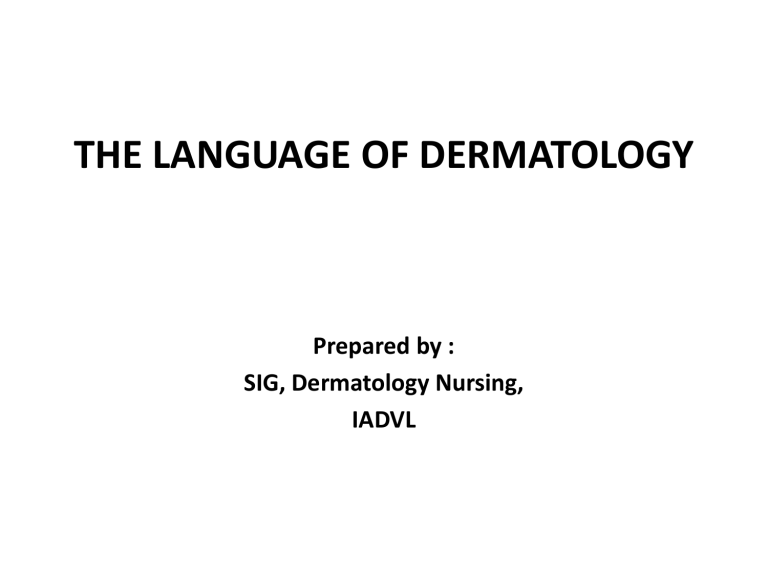
THE LANGUAGE OF DERMATOLOGY
Prepared by :
SIG, Dermatology Nursing,
IADVL
Why learn the language of dermatology ?
Nurses play a very important part in patient care
The dialogue between doctor and patient has to be clear and well understood
In order to report any observations, the nurse must speak the language used in dermatology which is also used by the dermatologists
CATEGORIES of TERMINOLOGY
• General terms
• Terms used to describe distribution
• Terms used to describe patterns
GENERAL TERMS
Cutaneous : related to the skin
Pruritus
: used to describe the sensation of itching or an irritating sensation that causes the person to scratch
Most common dermatological complaint
Usually represents inflammation
Can be a manifestation of something simple like dry skin or more serious systemic diseases like carcinomas
Time relationship can be a clue to disease ( nocturnal in scabies; transient in urticaria; constant in systemic diseases )
Excoriation marks and shiny nails might be a clue to its severity
Lesion : An area of altered skin texture, colour or elevation which is surrounded by normal skin
• May be a papule, macule, nodule, plaque, patch etc.
• May be one or many
• May change over time
• Type of lesion is a very good indicator of possible diagnosis
Lesion around the mouth
Lesion on the foot
Lesion on the neck
Rash
: A collection of many lesions
• May involve any body part
• May be long standing or last a short while
• May be itchy or non itchy
• May be bilateral or unilateral
• If bilateral, symmetrical vs asymmetrical
• May change over time
Rash on the neck
Rash on the ‘V’ of the neck
Rash on the back
Dermatome : Area of skin supplied by a cutaneous nerve on one side of the body
• Important in some conditions like Herpes Zoster and some birth marks
Herpes Zoster along a dermatome
Naevus along a dermatome
Erythema :
• Redness of the skin caused by dilatation of blood vessels
Purpura :
• Red or purple colour due to bleeding into the skin. It does not become pale on pressure
• Pin point purpura = petechiae
• Large bruise like patches = ecchymosis
Petechiae
Ecchymosis
Erythroderma :
• Generalized redness of the skin associated with scaling
• May be acute or chronic
• May be the result of worsening of psoriasis or eczemas
• May cause loss of proteins due to extensive shedding of scales
Thick scales in Erythroderma
Fine scales in Erythroderma
Exfoliation :
• Separation of the outermost dead layer of the skin from the underlying layers
• This may be in the form of scales or sheets
Fissure :
• A linear gap or slit in the skin surface
• Due to thickened, rigid outer layer of the skin splitting due to excessive dryness
• If unusually large and deep, may be due to anesthetic limb in leprosy
Fissured feet
TERMS USED TO DESCRIBE DISTRIBUTION
( The pattern of spread of lesions)
• Generalized : all over the body
• Widespread : involving large areas or extensive
• Localized : Restricted to one/ some area or the body
• Flexural : Body folds like groin, neck, behind ears, popliteal and antecubital fossa
Generalized
Localized (to palms)
Flexural
COMMONLY USED TERMS
• Extensor : knees, elbows, shins
• Pressure areas : Sacrum, buttocks, ankles, heels
• Symmetrical : similar distribution on both sides of the midline
• Asymmetrical : dissimilar distribution on both sides of the midline
• Photosensitive : over areas exposed to the sun
• Acral : pertaining to peripheral parts
Extensor
Symmetrical
Asymmetrical
Photosensitive
Acral
TERMS USED TO DESCRIBE CONFIGURATION
( Pattern or shape of grouped lesions)
• Discrete : individual lesions separated from each other
• Confluent : Lesions merging together
• Linear : In a line
• Annular : Like a circle or a ring
• Target : Group of rings inside each other ( concentric)
• Discoid/ Nummular : Like a coin
Discrete
Confluent
Linear
Annular
Target lesions
TERMS USED TO DESCRIBE
CHANGES IN SKIN COLOUR
• Hypopigmentation : areas of paler skin
• Depigmentation : white skin due to absence of melanin
• Hyperpigmentation : Darker skin which may be due to various causes
• Erythema/ Purpura : As previously described
Hypopigmentation

